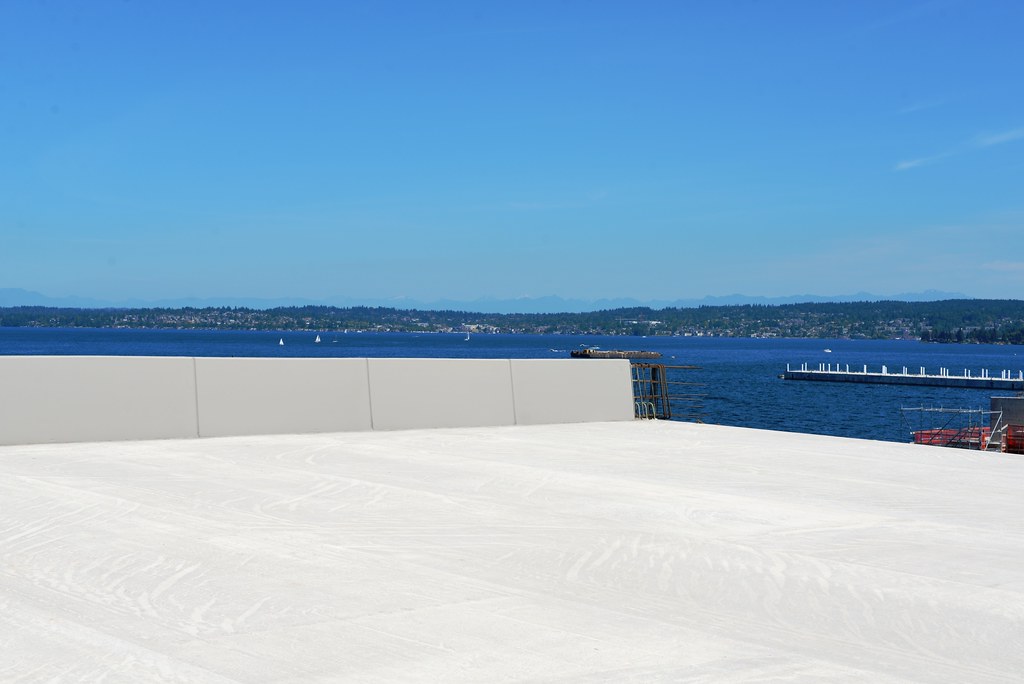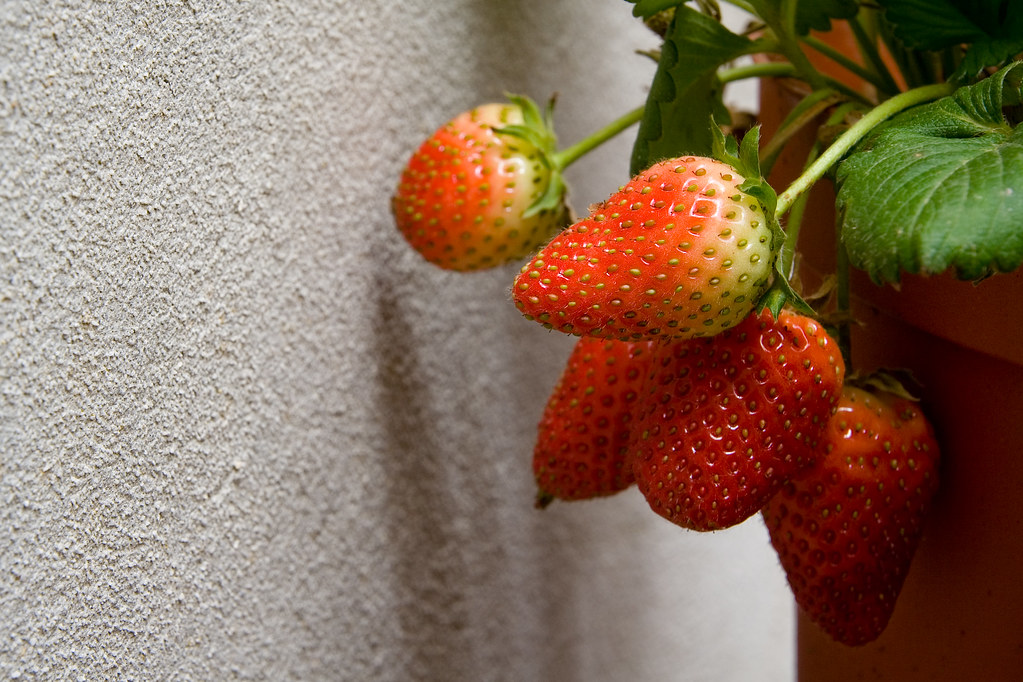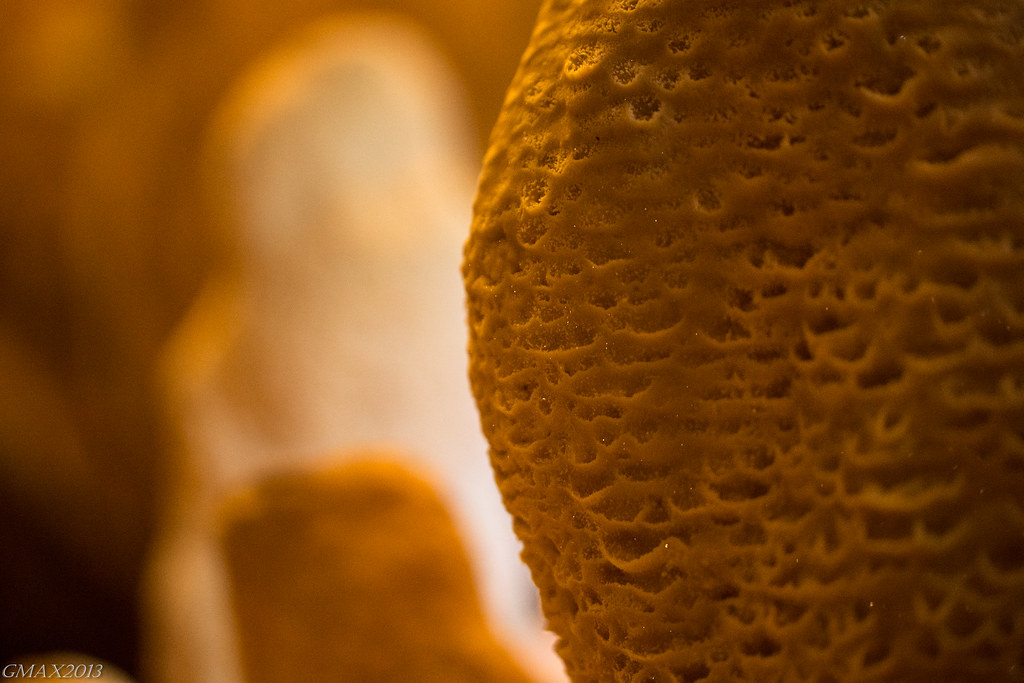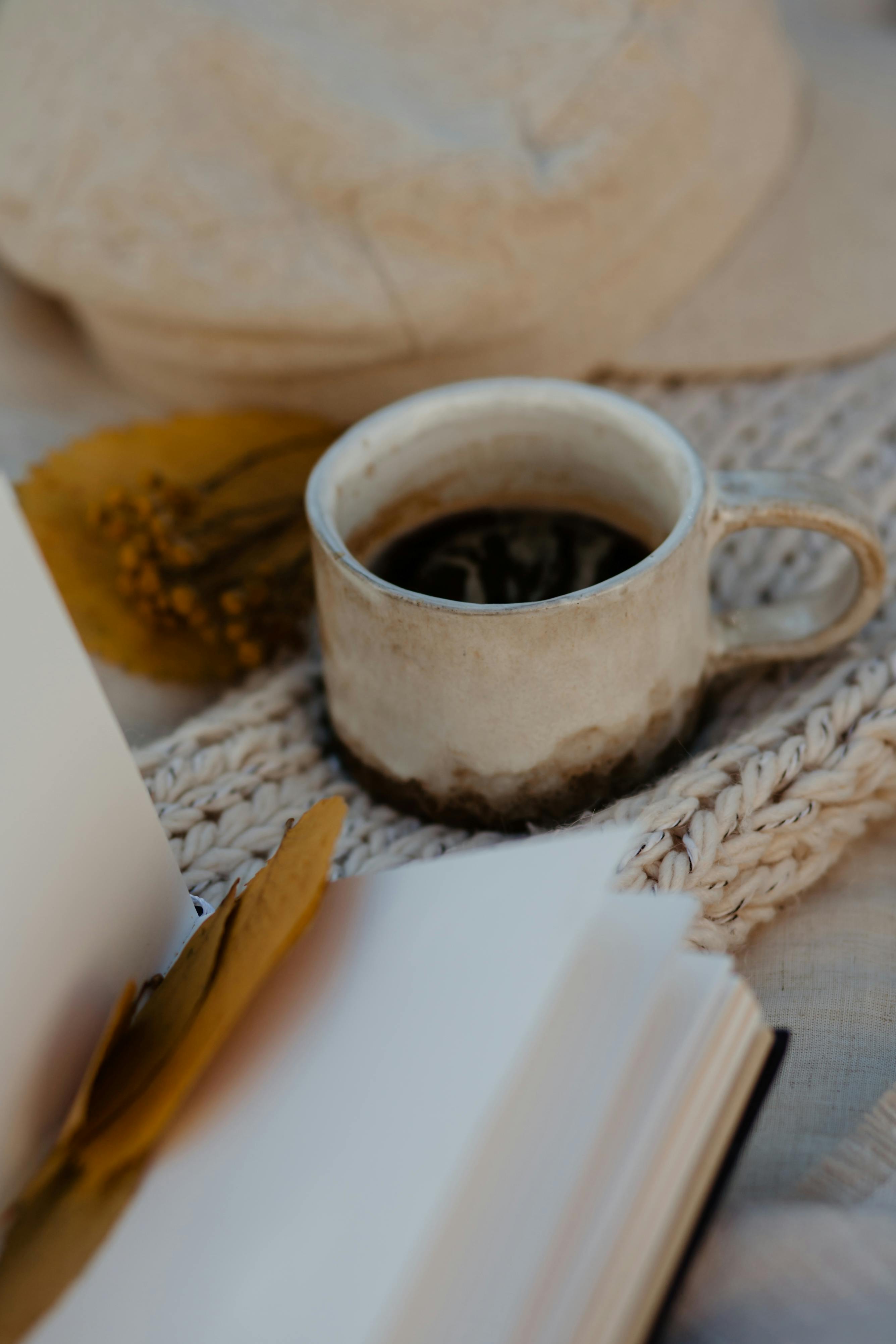The texture ceramics definition encompasses the intricate and tactile surface qualities that define a ceramic object, ranging from smooth, glossy finishes to rough, matte surfaces. These textures not only enrich the visual appeal of ceramics but also highlight the craftsmanship and artistic intent behind each piece. Understanding the diverse textures in ceramics can deepen our appreciation for this versatile art form, where the feeling of a piece can be as significant as its visual design.

| Texture Type | Description | Visual Impact |
|---|---|---|
| Smooth | Features a silky, even surface. | Enhances gloss and light reflection. |
| Rough | Has an uneven, gritty feel. | Offers a rustic, natural look. |
| Matte | Presents a non-reflective, soft finish. | Creates a subdued and elegant appearance. |
Smooth Ceramics: The Elegance of Simplicity

Imagine running your fingers across a ceramic vase so flawlessly smooth that it mimics the feel of silk. Smooth ceramic surfaces aren’t just about aesthetics; they elevate the gloss and luminosity of a piece, making it the centerpiece of any room. These ceramics undergo meticulous polishing processes that accentuate their sleekness, and the result is a dazzling play of light that dances across their surfaces. The simplicity and refinement of smooth ceramics often demand a mastery of technique, where even the slightest imperfection could disrupt the intended effect.
- Opt for smooth ceramics in contemporary settings to showcase minimalistic elegance.
- Smooth finishes are perfect for bright spaces where they can maximize light reflection.

Rough Ceramics: Texture with Character
Embrace the rugged charm of rough-textured ceramics. Their gritty, uneven surfaces speak of nature’s beauty and the artisan’s hands. Each piece tells a story — a testament to the raw, unrefined aesthetics that have captivated human beings for centuries. Understanding the concept of texture helps appreciate these ceramics’ engaging tactility that invites touch and exploration. Rough ceramics are ideal for anyone looking to infuse their space with a touch of the rustic and the authentic. These pieces add depth and dimension.
- Pair rough ceramics with natural fibers and earthy tones for an organic vibe.
- Use these textures to create contrast against smoother, modern elements.

Matte Ceramics: Subtle Sophistication

Matte ceramic finishes are all about understated elegance. Without the distraction of shine, the true form and color of a piece can take center stage. Matte surfaces offer a soothing visual presence, perfect for settings that prioritize tranquility and subtlety. They are particularly well-suited to pieces that boast intricate designs where the texture itself doesn’t overshadow the artwork. Exploring the crystallographic texture in materials like matte ceramics reveals why they encourage intimacy, allowing you to appreciate their beauty without the dazzle.
- Complement matte ceramics with matte paint or upholstery for a cohesive look.
- Use in spaces designed for relaxation, such as bedrooms or reading nooks.
Each texture tells a story beyond just visual appeal; it speaks to the touch, the intention behind its creation, and the ambiance it is designed to enhance. How do you integrate texture into your home or creative projects? Join the conversation below and share your textured tales! For more information, check out our comprehensive resource on ceramic textures, or explore our recent articles for the latest updates in artistic ceramics.
Enhance Your Understanding of Ceramic Textures
The texture ceramics definition encompasses the intricate and tactile surface qualities that define a ceramic object, ranging from smooth, glossy finishes to rough, matte surfaces. These textures not only enrich the visual appeal of ceramics but also influence their functionality. To delve deeper into the creation of these textures, check out the video “Intro to Ceramics: Clay Texture” by A.H. Szabo Designs, which explores a variety of techniques to add depth and character to your ceramic pieces.
What is a texture in ceramics?
When discussing texture in ceramics, we’re looking at how the crystalline structures (or crystallites) are arranged inside a ceramic material. This “orientation distribution” influences everything from the piece’s surface feel to its overall performance. Whether you’re working with porcelain, stoneware, or any other type of clay, texture can affect strength, aesthetics, and the unique identity of your finished ceramic artwork.
What are textured ceramics?
Textured ceramics, sometimes referred to as TexCer ceramics, are engineered with a deliberate crystalline orientation to enhance certain properties—whether that’s mechanical strength, thermal resistance, or striking visual appeal. By carefully aligning the crystallites, these ceramics bridge the gap between traditional techniques and high-performance materials. As a result, textured ceramics can display both remarkable durability and distinctive surface qualities that set them apart in the world of ceramic artistry.
What is the art definition of texture?
In the art world, texture is how we perceive and experience a surface—through both sight and touch. An artist might create textures that look rough, smooth, layered, or even illusory. Our experiences with real-world materials shape how we respond to these surfaces in sculpture, painting, or ceramics. Texture can deepen the emotional impact of a piece, whether we physically feel it with our hands or simply register it visually.
What is the best definition of texture?
Texture describes the physical qualities that define how a surface looks and feels: smooth or rough, grainy or polished, dense or airy. It’s not just about touch—texture also influences the visual character of a material. In ceramics, for example, the texture of the clay surface can affect the viewer’s perception and the piece’s structural integrity. You can see similar ideas in food, where terms like crunchy, chewy, or flaky describe not only how something feels but how we ultimately experience it.
In summary, understanding the texture ceramics definition allows us to truly appreciate the craftsmanship and artistry behind each piece. From the sleek, polished surfaces to the rugged, earthy finishes, every texture tells a story and adds depth to the ceramic art form. Whether you’re a collector, an artist, or simply someone who enjoys beautiful objects, recognizing these intricate details can enhance your appreciation and connection to ceramics.
Stay Connected and Inspired
I hope this exploration of ceramic textures has sparked your interest and inspired you to delve deeper into the world of ceramics. Don’t forget to stay updated with the latest trends and creations by following us on Instagram. We love sharing new designs, behind-the-scenes looks, and tips that can help you on your own ceramic journey. Let’s continue this creative adventure together!
